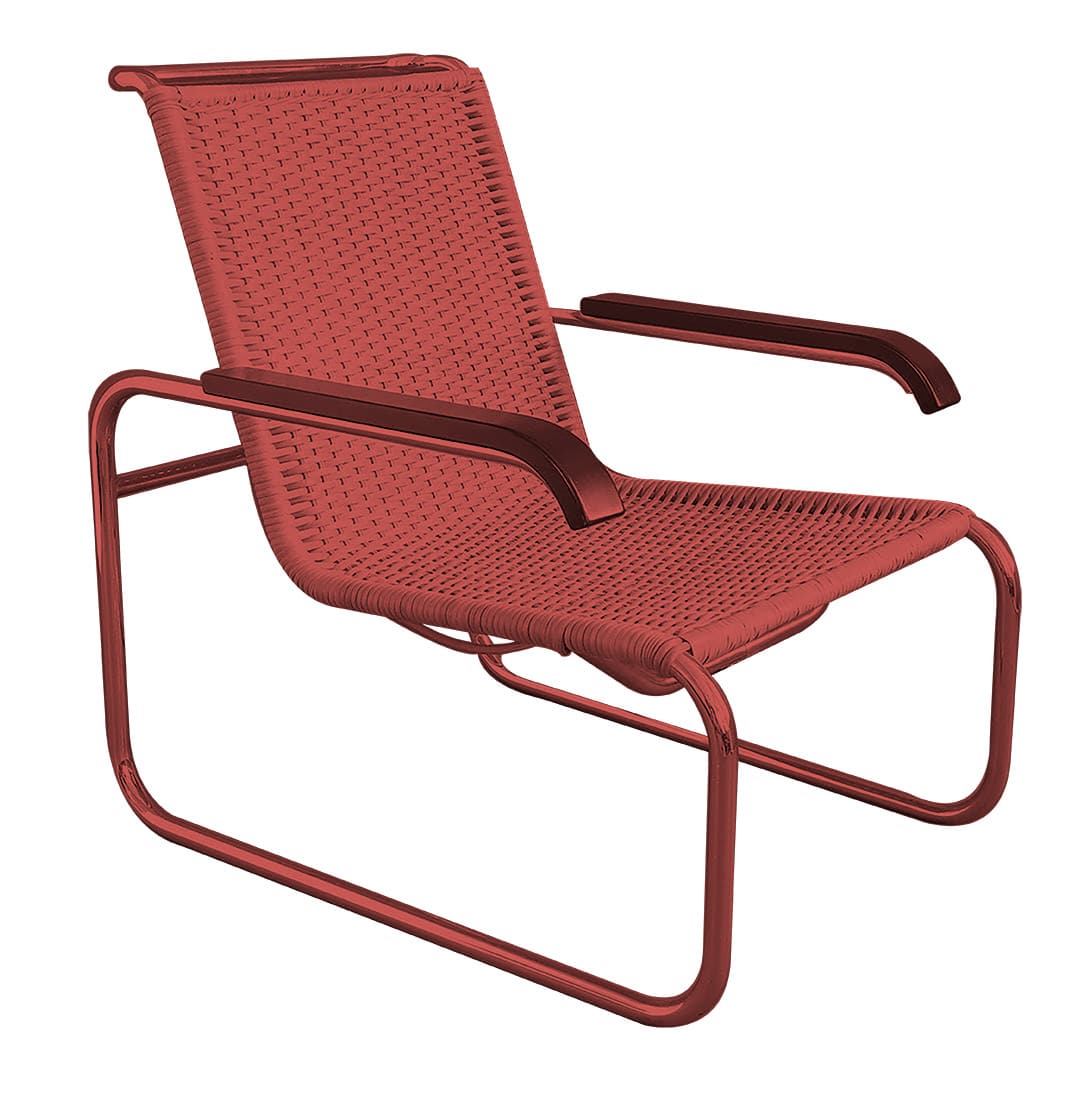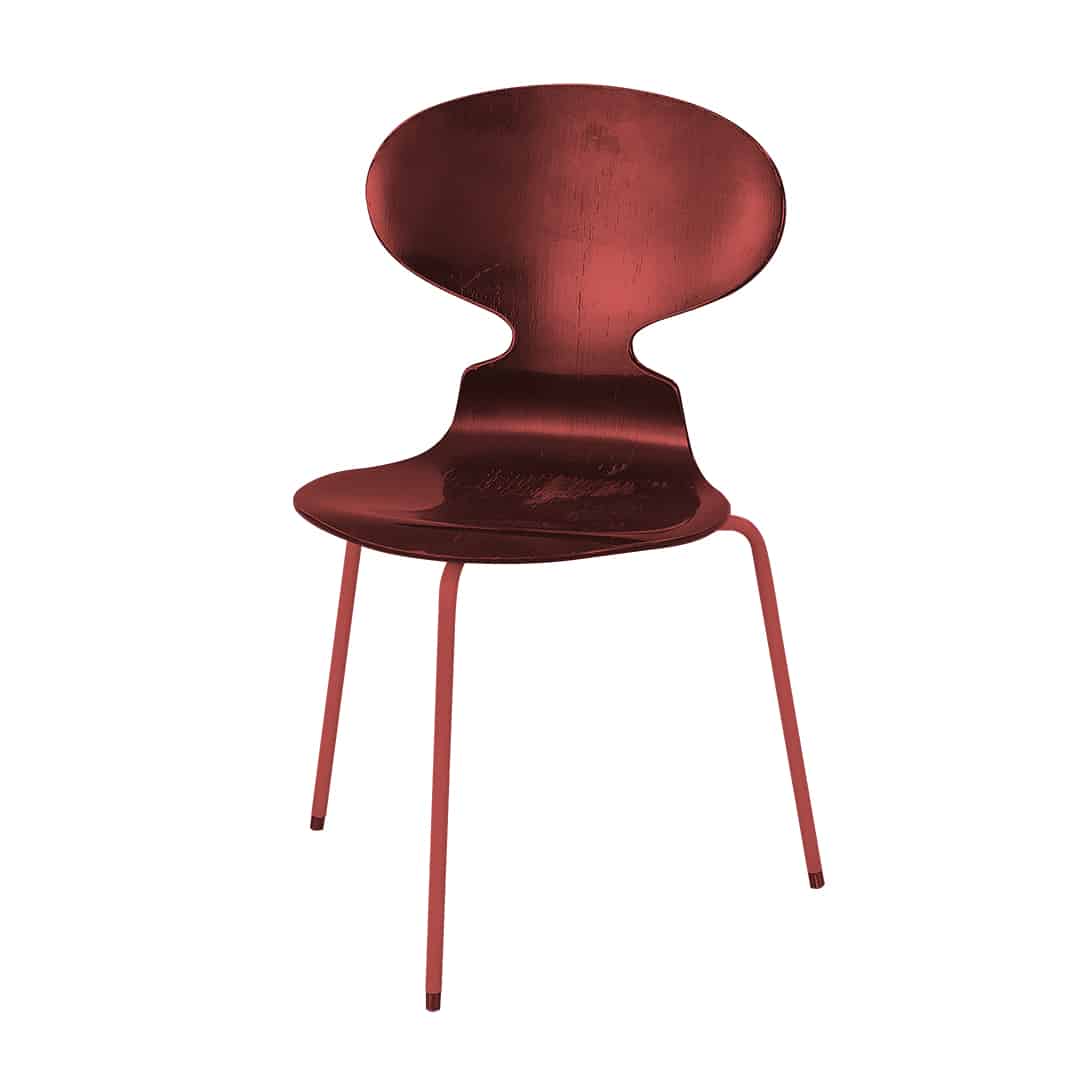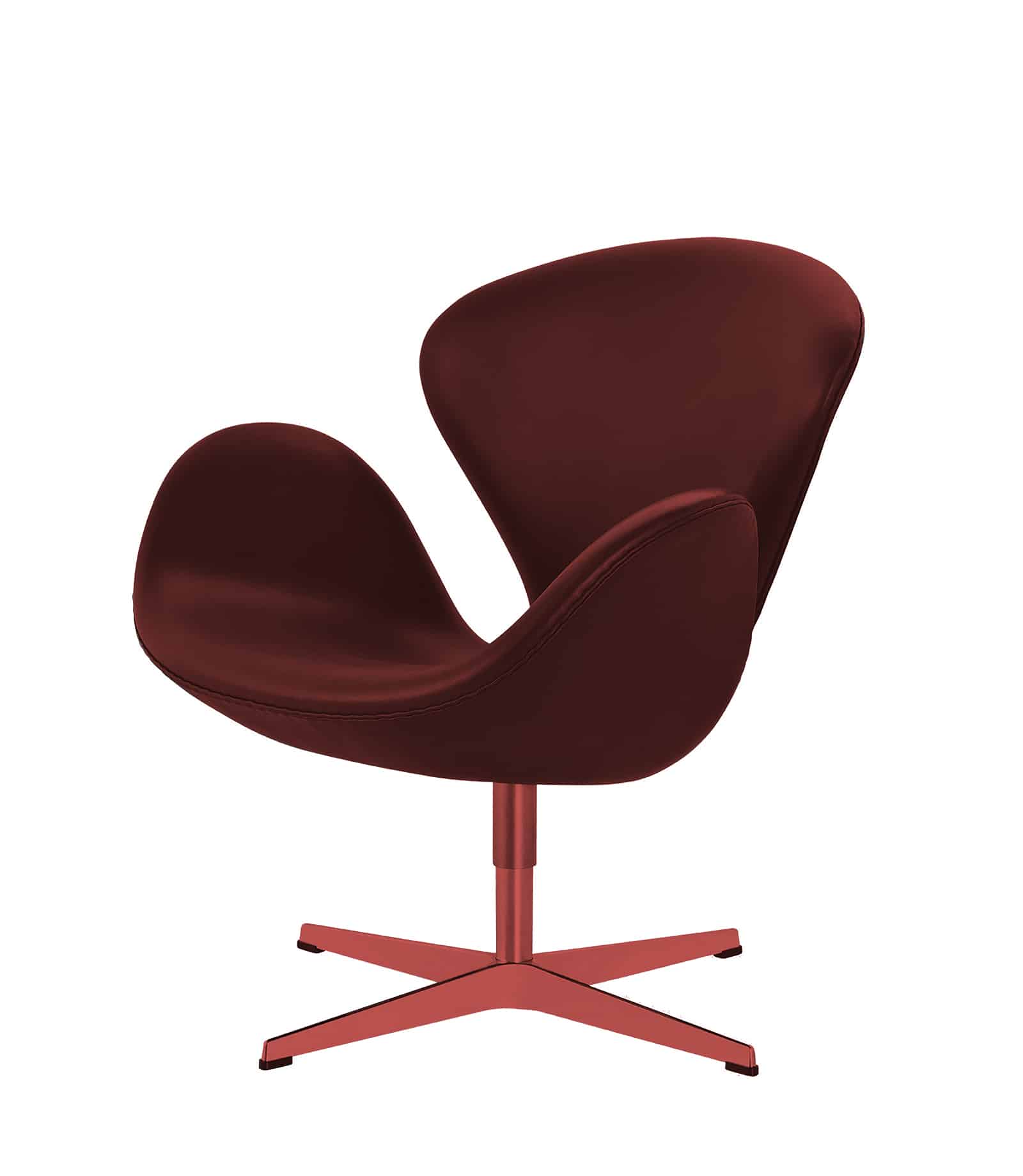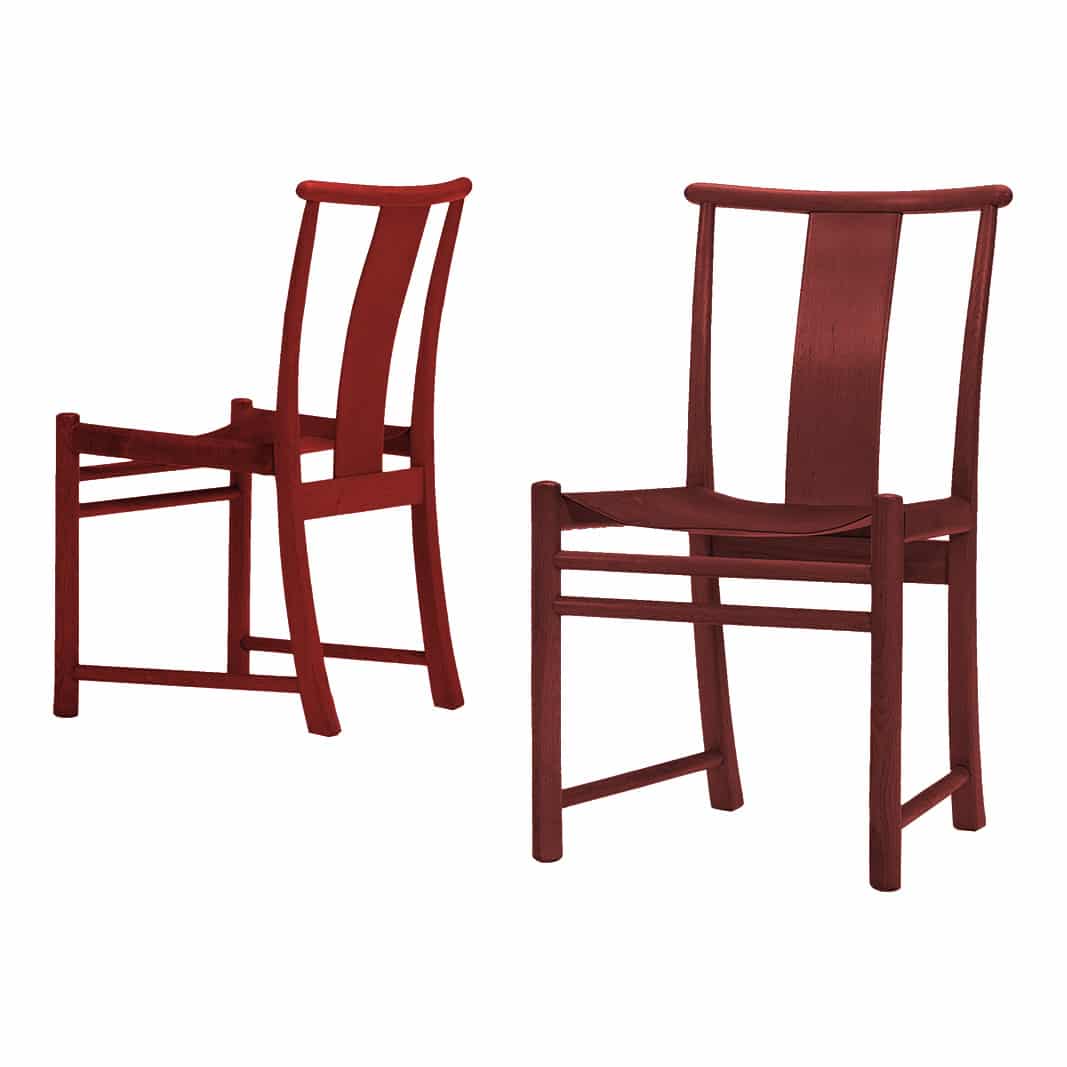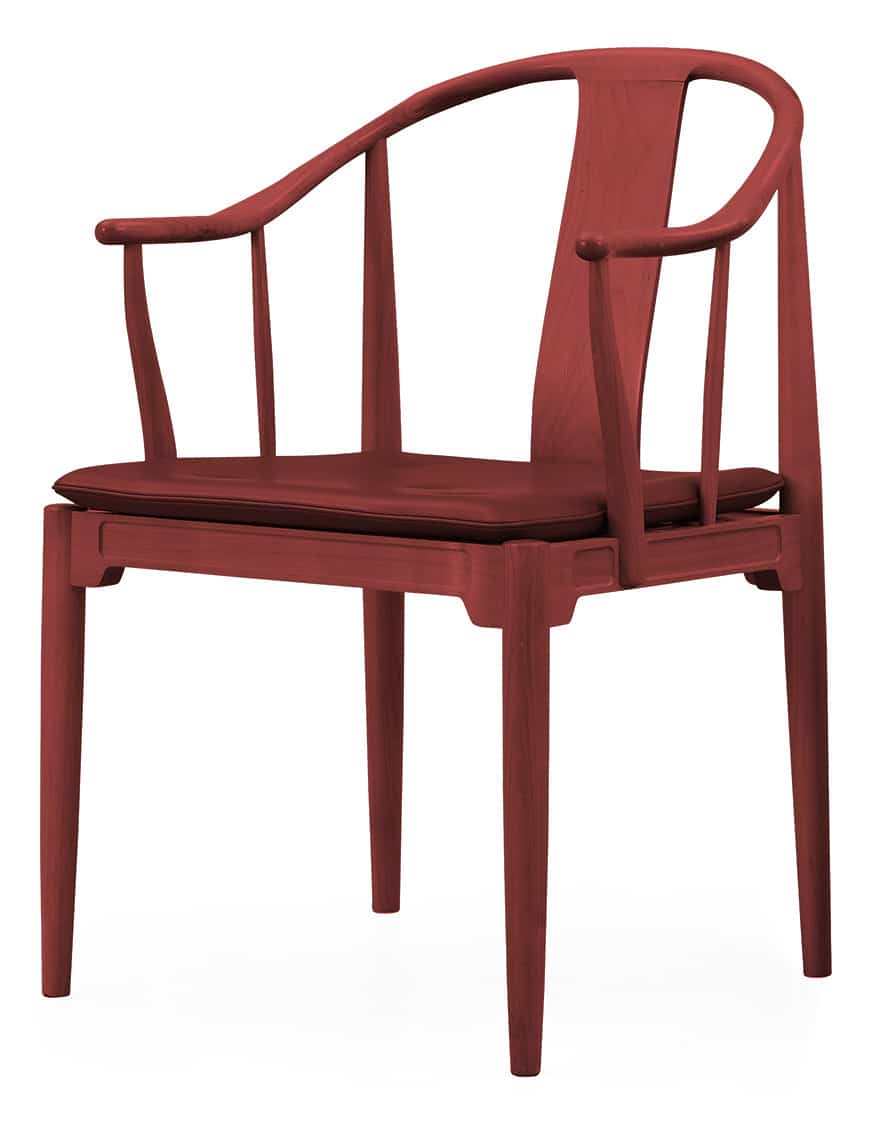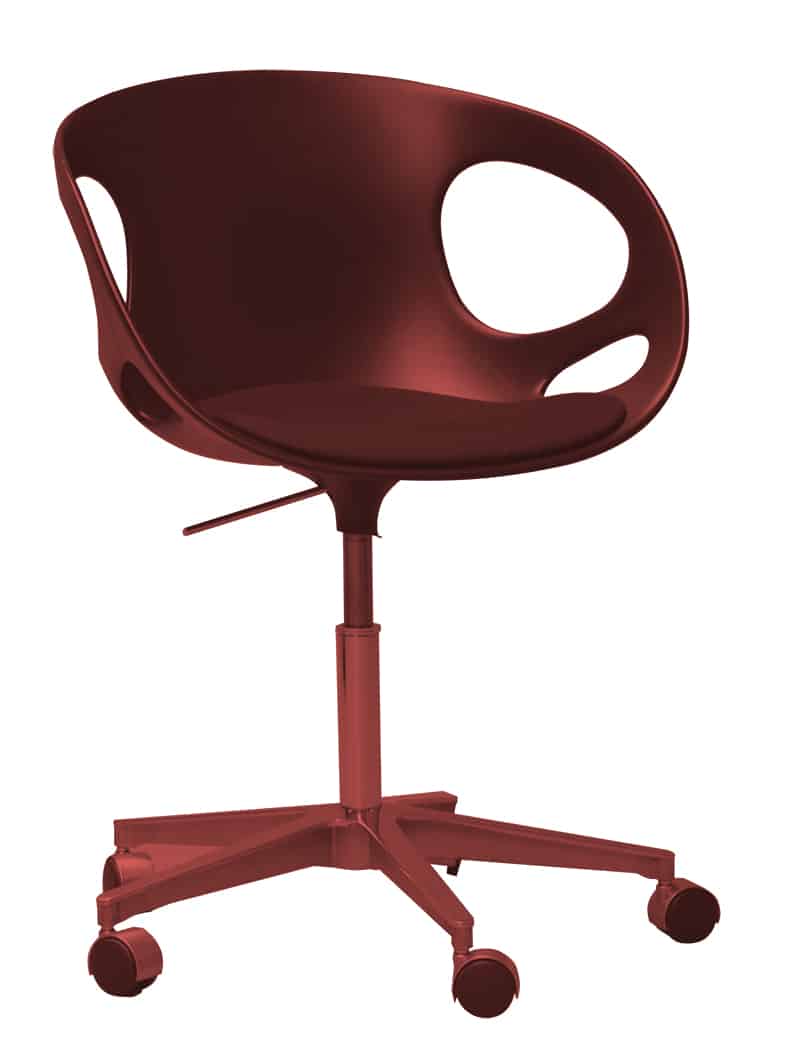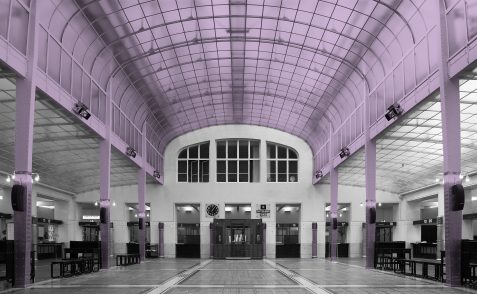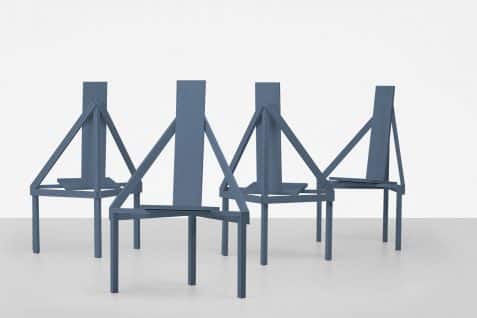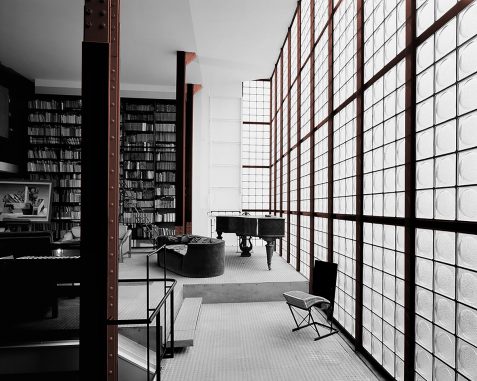INTERIOR
Fritz Hansen: The continuity of tradition #Fritz Hansen
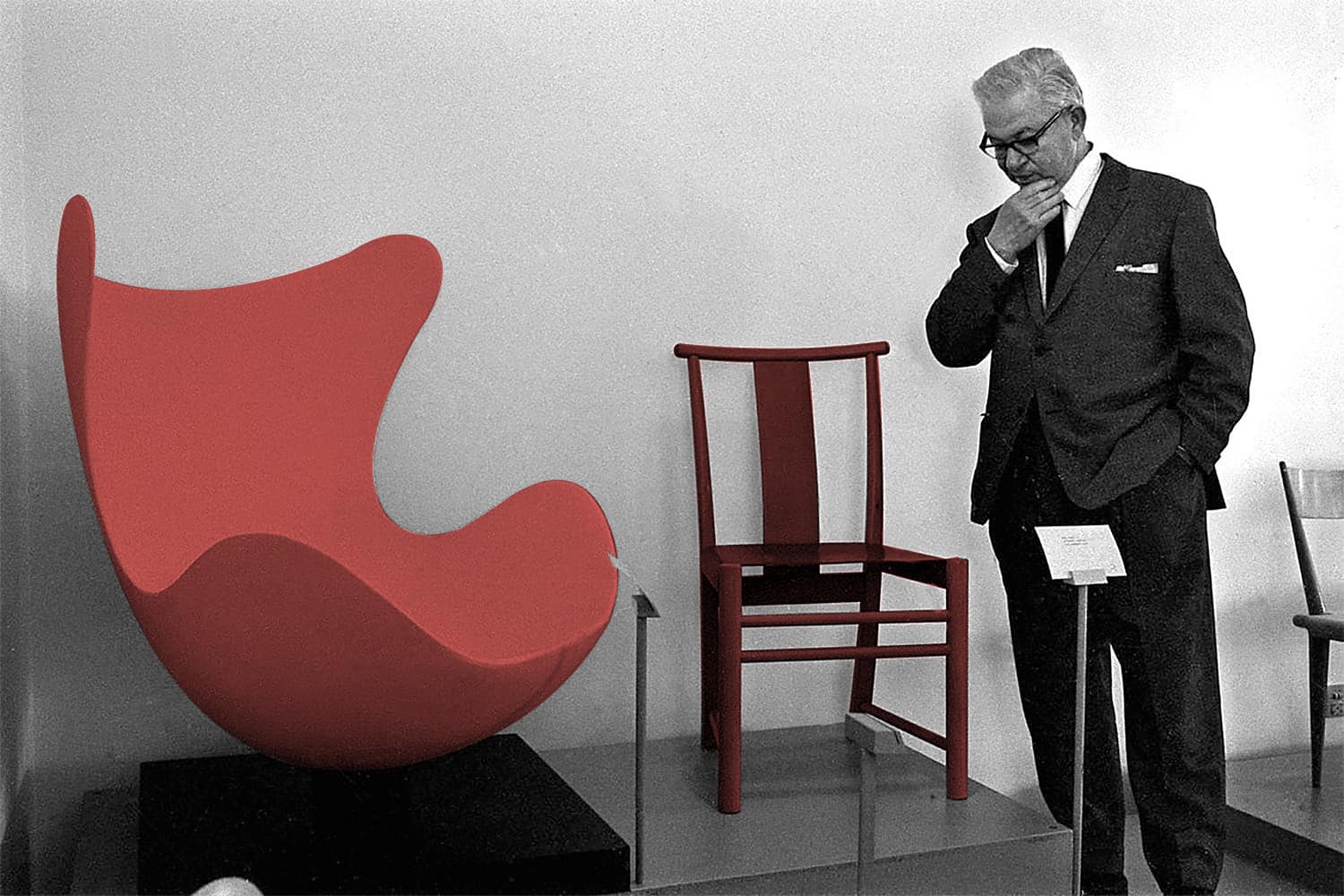
One of the fundamental characteristics of Scandinavian design is the continuity of tradition that might be regarded in two different ways. On the one hand, there is a continuity between romantic classicism and modernity in authors such as Gunnar Asplund or Sigurd Lewerentz. On the other hand, there is also a continuity between popular or vernacular tradition and professional design in authors such as Alvar Aalto or Kaare Klint.
The Fritz Hansen company is also a good example of this double continuity. Founded in 1872 as a cabinetmaker’s workshop, it introduced the technique of steam bending wood in 1915 and tubular steel structures in 1934.
That same year, Fritz Hansen began a collaboration with Arne Jacobsen that would eventually redefine the Scandinavian tradition of domestic furniture by introducing new techniques and procedures that allowed the creation of great classics of Scandinavian design, such as molded plywood used in the Ant Chair or polystyrene in the Egg and Swan Chairs. Fritz Hansen produced the furniture that Jacobsen designed to complete his architectural works, such as the Royal SAS Hotel, Munkegaard School or Saint Catherine’s College.
Hans J. Wegner, Jacobsen’s collaborator at Aarhus Town Hall, is another of the names that define the character of Scandinavian design. He also worked regularly with Fritz Hansen and created timeless and exceptionally beautiful adaptations of traditional furniture, in particular solid wood chairs and perfect finishes, such as the China Chair or the Heart Chair.
Today, under the name Republic of Fritz Hansen, the company continues to produce the work of the great names in Scandinavian design alongside products from current designers such as Hiromichi Konno or Kasper Salto.
